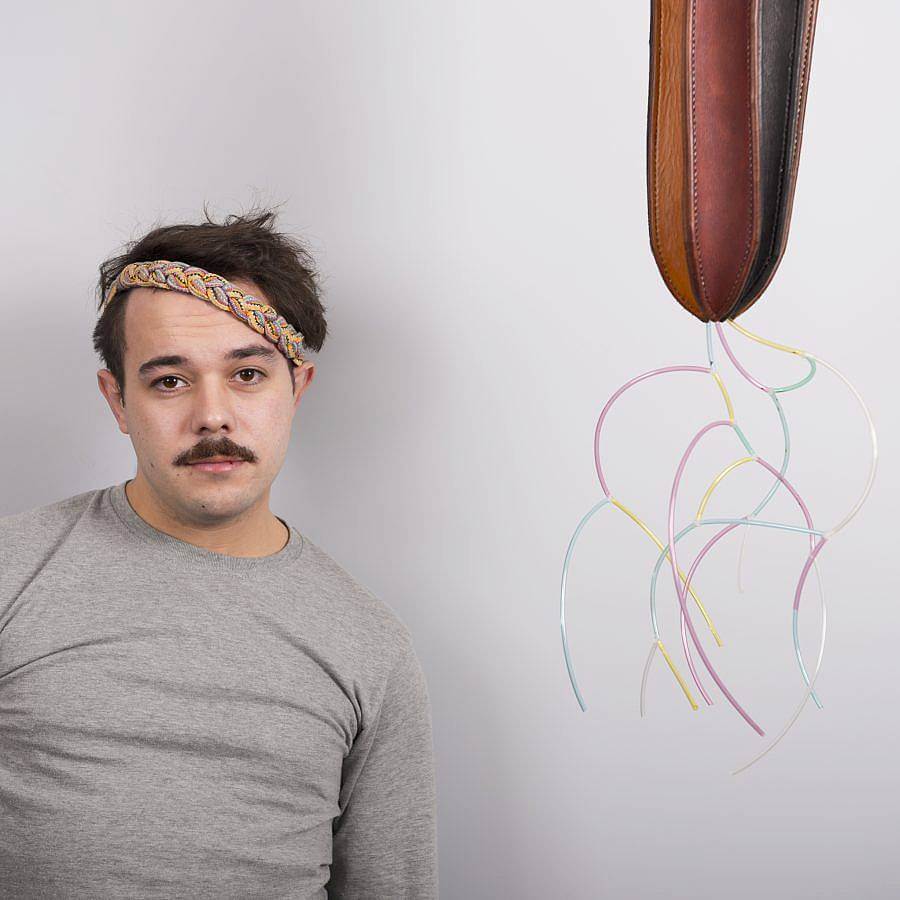Tell us a little bit about yourself and what you do.
I make sculptures that draw upon themes of queer futurism, reimagined biology, and personal fantasy. I contrast materials and methods, playing the organic off the synthetic and the industrial off the crafted. Animal biology informs my work, and I use deep sea organisms, fishing lures, and invertebrate reproductive strategies as a metaphors for queer sexuality and attraction. I frequently use leather, a material with a long association with specific – often hyper-masculine – subcultures and objects. However, my methods, involve subverting these traditions of leather culture and craft and are more akin to the feminine vocabulary of fiber arts. Working in this disjuncture, I strive to create a world populated by human/object hybrids, futuristic organisms, and post-op gender unassigneds with bespoke genitalia.
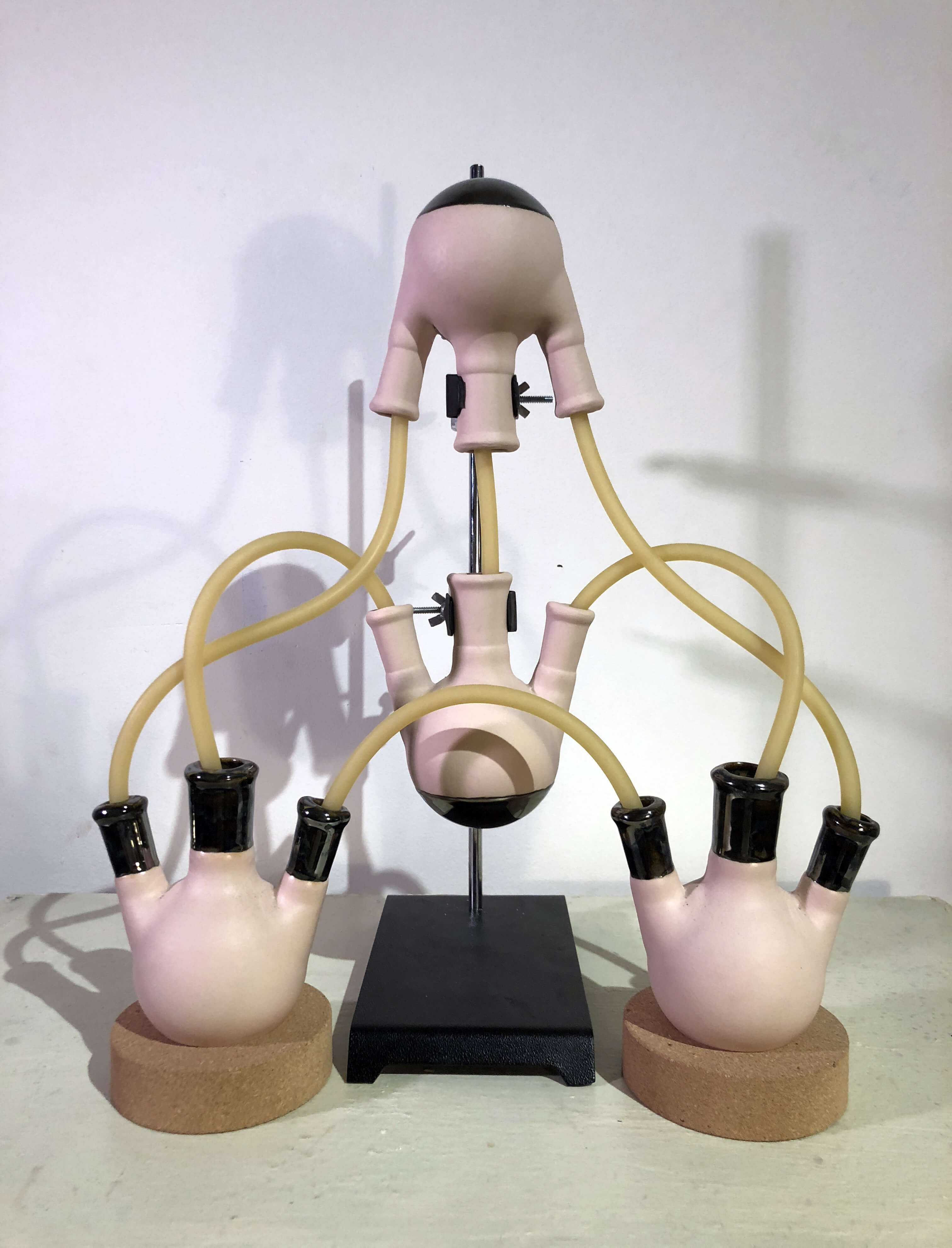
What are some recent, upcoming or current projects you are working on?
Right now I am working on a window installation for Roots and Culture opening on January 26th. I’ve long been fascinated by ocean life and this installation will be based on deep sea hydrothermal vent communities. Basically there are whole little ecosystems that exist along fault lines in the ocean where gases seep up from the earths crust. These communities are among the few on earth that don’t rely on the sun and photosynthesis: the food web down there is based on chemosynthesis (turning gases toxic to most life into food). These animals are bizarre, kinda disgusting looking, and pretty impossible for humans to relate to. But its astounding how perfectly adapted to their environment these organisms are. Should the sun go out tomorrow, they will likely continue for centuries. These communities and critters down deep are a potent metaphor for queer life that I am interested in exploring.
What materials do you use and what does your process look like?
I used to have a straightforward answer for this, but in the past year my material vocabulary has been exploding. There are some constants though. I love playing organic off of synthetic materials. For example, leather and clear vinyl play really well together in my practice. Process-wise, I do read theory, but my work usually comes from a more down-to-earth place. I am much more likely to read a monograph on deep sea life or a how-to book from the 70’s on making fishing lures than an “important text” these days. After I have an idea for a project, I start to let interesting nuggets from my research and studio exploration inform what the final product is. I think a lot about the tradition of scientific illustration and models around the turn of the 20th century— basically aestheticizing organisms or ideas to highlight the components that I find important in them.
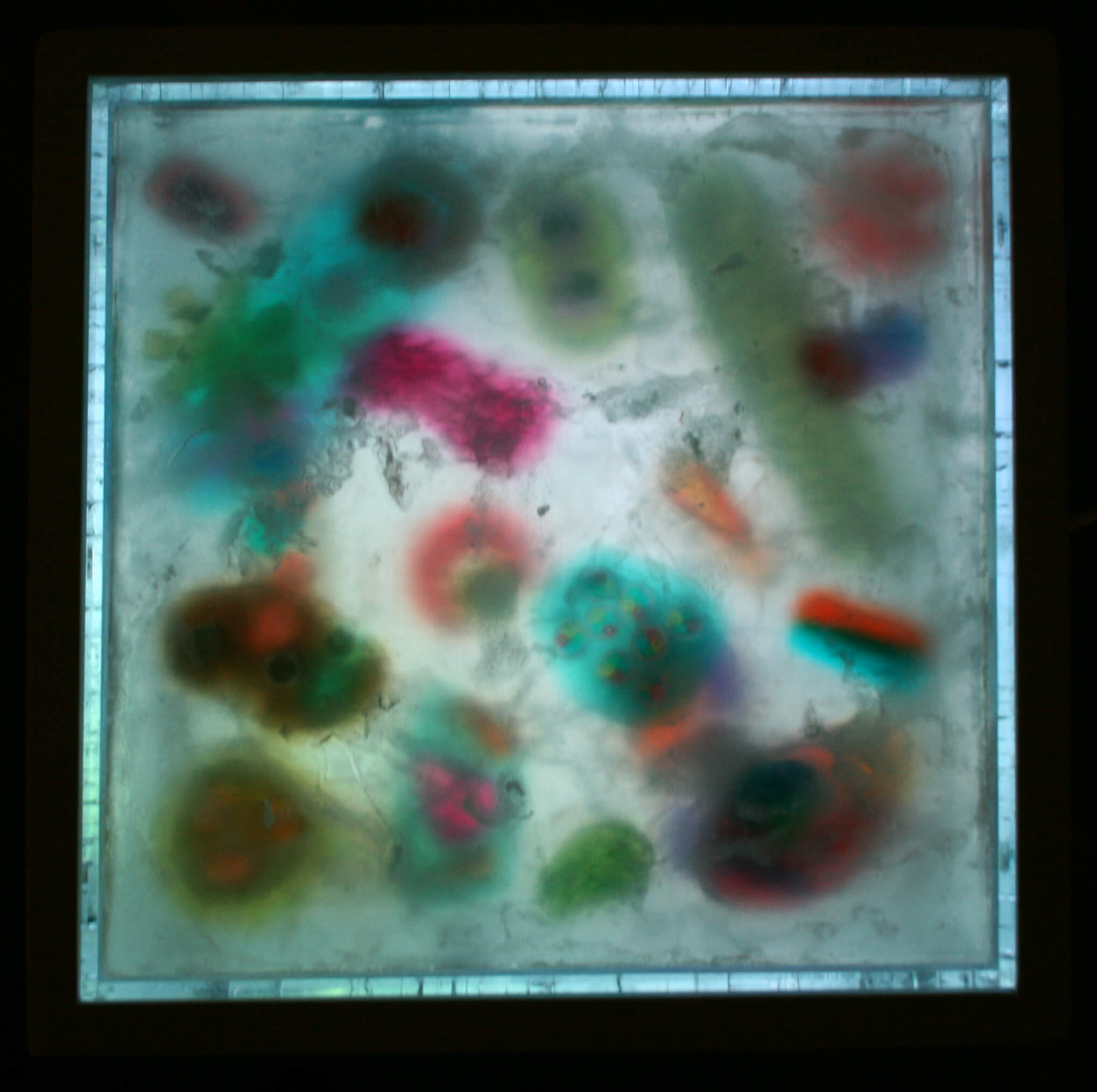
How did your interest in art begin?
I have alway been a maker. Growing up, at various points I was obsessed with making kites, making arrowheads out of flint, building forts, etc. Eventually I got really into leather working because I was into medieval stuff and wanted to make a suit of armor. That hobby continued into adulthood and I ended up going to an alternative college for two years, Deep Springs College, on a farm and ranch in eastern California. There, I started making horse gear and eventually made a saddle. When I was transferring I was pretty sure I wanted to do something in design but for various reasons I ended up at UChicago, a school with no design program. I was getting really into queer theory when I saw an art show that drew heavily on queer theory and gender studies and just blew my mind. I realized that art (or at least one kind of art) is thinking through or proposing complex ideas through making objects. I already had a solid technical skill set, and this kind of thinking appealed to me, so I decided to study art.
If you had to explain your work to a stranger, what would you say?
I usually just say I make sculptures.
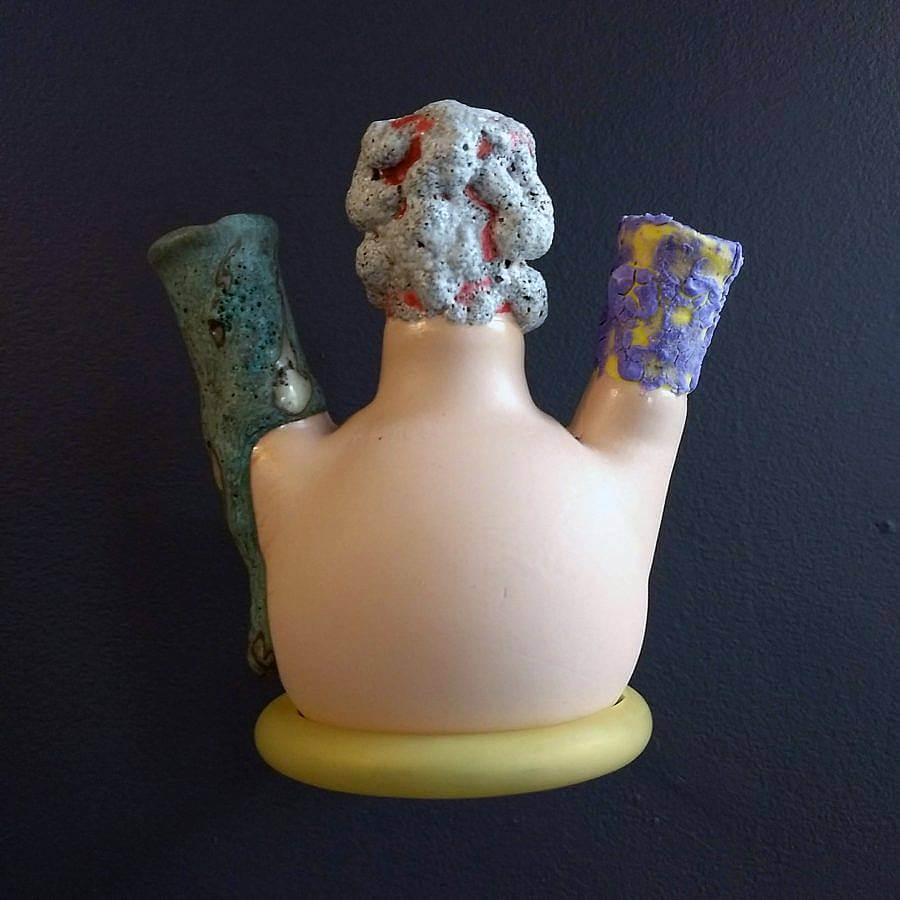
What is currently inspiring your practice?
I have a lot of different threads running through what I’m making and thinking about. As I mentioned earlier, animal biology (especially marine life and invertebrate reproduction) fascinate me. Sort of related is my interest in fishing and fishing lures. Fishing lures are these incredibly rich objects for me. In some ways they are the quintessential small sculpture—something so overwhelmingly interesting or seductive or threatening that it needs to be consumed. Bringing it back to a human realm, I also have an interest in how science, technology, and bio-medical systems interact with — or ignore — queer identities and bodies. I am trying to imagine a world where science could enable humans to have as many amazing adaptations, reproductive strategies, and forms that other animals have.
Do you collect anything?
I don’t collect anything… I collect everything! My studio and house are just packed with stuff— preserved animals, stuffed animals from my childhood, anodized aluminum dishware, books, plants, science toys, midcentury furniture… I have a need to surround myself with stuff that I like. I am pretty distrustful of minimalists. The whole millennial obsession about paring your life down to the essentials and being some sort of modern nomad has absolutely zero appeal for me. I want that decluttering guru who tells you to hold every object you own in your hand and ask yourself if it brings you joy to come over so I can sincerely look her in the eye and tell her that yes, all this shit brings me joy.
What was the last exhibition you saw that stuck out to you?
“Everlast” at Corbett vs Dempsey featuring the work of Betsy Odom and Celeste Rapone! Really fantastic work and spot-on pairing and curation.
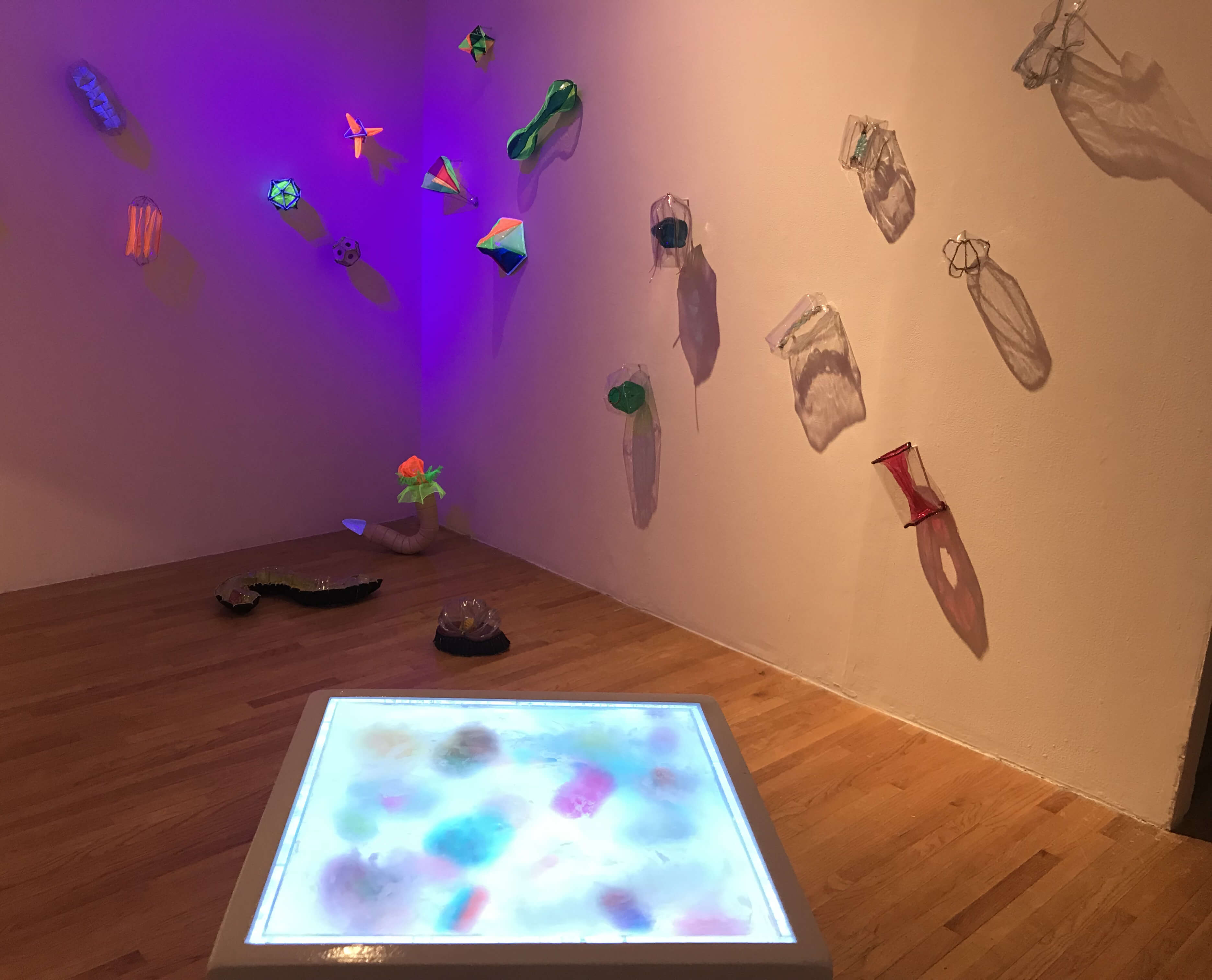
What’s your favorite thing about living and working in Chicago?
Probably house music! But in all seriousness I love Chicago. I am a transplant but Chicago is definitely home now. Chicago is really a city that rewards hustling. It’s the kinda place where you can both find and make opportunities for yourself and others. The sense of community here is amazing. I’m lucky enough to live within a 10 minute walk from most of my friends, kitty corner from the worlds greatest fabric store, on a strip with a bunch of exciting galleries/DIY venues, right underneath a train station, and 5 minutes from an artist-run ceramic studio. I manage to support this on a very part-time teaching gig, a job as a bike mechanic for a local bike coop, and art handling and fabrication gigs when I can get them. And I have resources and energy left over to make work. I can’t think of any other city where you can have this quality of a life piecing it together and making it happen the way you can in Chicago.
Describe your current studio or workspace.
I took this photo laying bed. I live in a 2-bedroom storefront in Pilsen with my partner and we have two studios with beds tucked off to the side. My studio is in my bedroom (or maybe the other way around) and I just have it packed to the rafters with art-making stuff. I’ve done everything from silver plating metal to industrial machine sewing in my bedroom studio. I’ll go get messy and bust out a circular saw or spray-paint on the sidewalk. No one seems care around here. I’ve always had an at-home workspace even when I had a studio through school. I like to work really late and like to keep my tools nearby for non-art DIY, projects so it just makes sense for me. The only downside is that I can feel slightly self conscious with studio visits. But honestly, if you’re off-put by there being a bed in my studio, you are probably too square to have anything interesting to say about my art and/or too anal retentive for me to want to work with.
Recently I’ve been spending a ton of time working at Gnarware, a ceramics studio a few blocks away. I’m really loving getting into ceramics and its been nice to have an out- of-the-home space to work as well. Its an amazing place with stellar community of artists who work there. Its joyful, experimental, messy, open 24 hours for studio members, and sometimes there is free beer… Whats not to love?
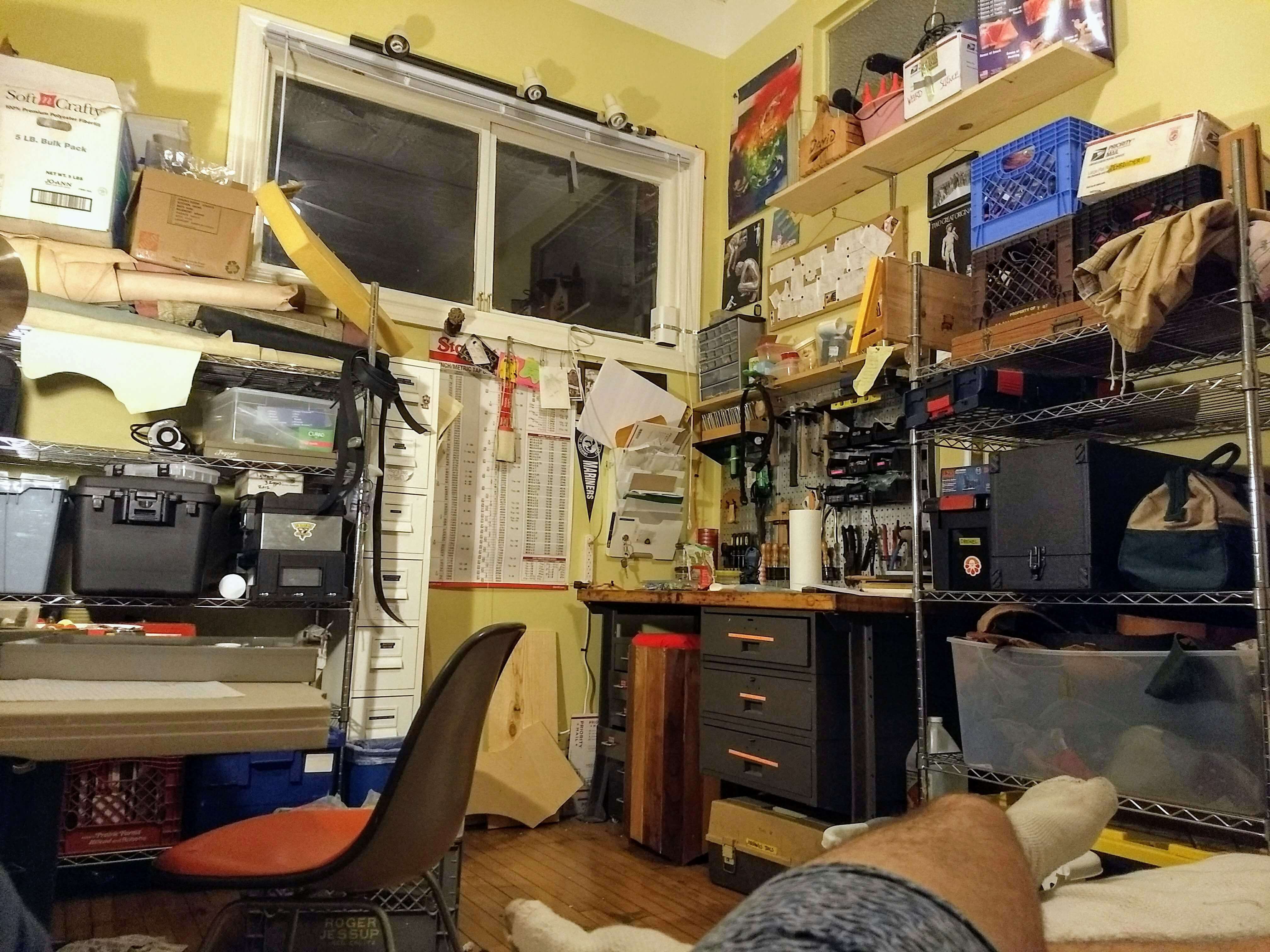
What do you want a viewer to walk away with after seeing your work?
I want them to have some new thoughts and lots of questions. Its a really hard feeling to explain, but I love art that welcomes you in and is accessible but doesn’t beat you over the head with meaning. On one end of the spectrum is art that is so obtuse that you have no idea what to think about it: art where the choices the artist made seem completely arbitrary or bound by some deeply personal logic or narrative. On the other
hand is art where the meaning is so blindingly clear that there is no real reason that that idea needs to exist as an art object or performance, rather than an essay, or infographic, or political action. But somewhere in the middle there is this amazing sweet spot where the artist gives you some familiar reference points and leads you on a journey. Two words that I often find myself returning to when discussing art that I love are “generous” and “mysterious”. If I leave a viewer feeling like I gave them something they didn’t have to work to find, but now they want more and have questions, that work is successful.
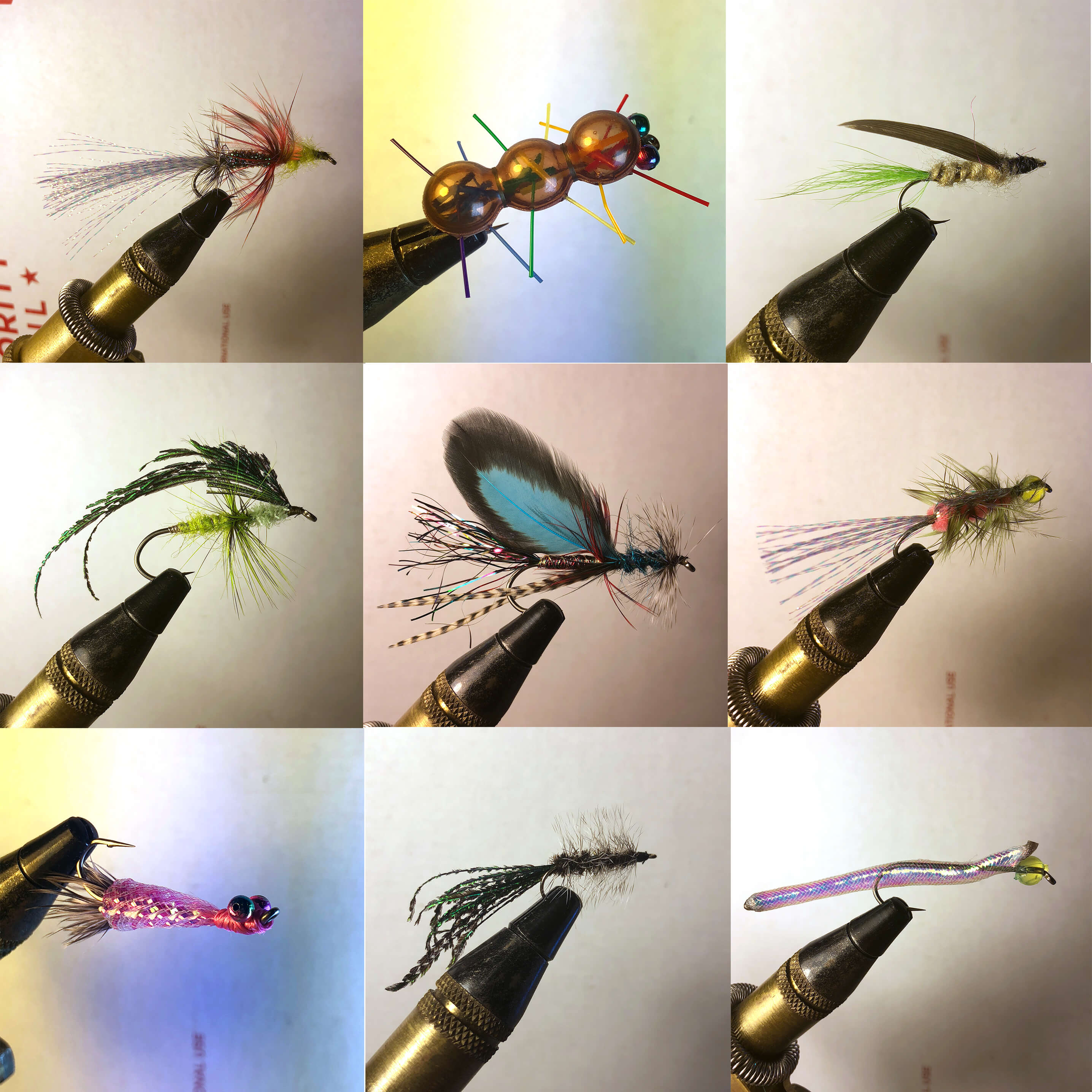
Where do you see your practice going next? Any major changes happening in the studio?
I’m getting really into ceramics which is a totally new direction for me. Mostly I’m using slip-cast porcelain to make objects that reference medical or laboratory equipment. I’ve been making tons of molds and objects without a clear end goal in sight so I’m trying to think about what to do with all these multiple ceramics. There are also a bunch of fishing lures I’ve been making. Some are flies (very light weight and tied out of feathers) others are cast plastisol (like those weird gummy worms you put on a hook, but with shapes referencing sex toys). I’m trying to figure out how to turn all these diverse, tiny sculptures into some sort of cohesive project. Right now I’m thinking of making a zine/ catalog with drawings of all the lures and some ad copy that you could actually order from. I’d love to have people fish with these lures and report back. Really I need to slow down on some of the making and start thinking about how what I’m doing will go forth into the world, but I’m waiting to hear about what opportunities I might have to show some of this work before stressing too much about it.
